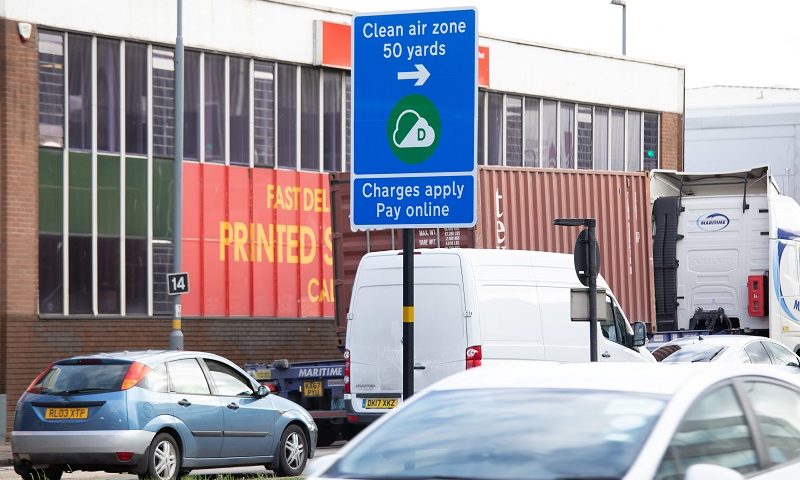1 in 5 motorists confused about Clean Air Zones

Clean Air Zones (CAZ) are being steadily rolled out across the UK, but are you prepared?
A survey of more than 2,000 drivers suggests around a fifth of us have no idea what’s meant by a CAZ, while only 16% know how to check if they’ll be charged for driving through one.
One in three motorists from Birmingham say they didn’t know a CAZ was being introduced in their city on 1st June 2021.
Clean Air Zones
CAZs are popping up all over the country in an attempt to reduce air pollution in the UK’s most congested areas. However, they all work in slightly different ways.
London’s low-emission zone, the ULEZ, requires you to meet certain emissions standards or pay a daily charge of £12.50 for cars, motorcycles and vans, or £100 for heavier vehicles such as lorries.
Bath’s CAZ is slightly different, only charging commercial vehicles and leaving private cars and motorbikes exempt. Hire cars, taxis and high-emission vans pay £9 to enter the city centre, while buses pay £100 a day.
Birmingham’s CAZ is also now in place, with a charge of £8 per day for cars, taxis, LGVs and minibuses that don’t meet its low emissions standards. Heavier vehicles, including buses and coaches pay £50 a day.
Failing to pay the charge will land you with a fine of £120, although this can be reduced to £60 if you pay within a fortnight.
Tom Leathes, CEO of used car marketplace Motorway, says: “However you feel about them, if the car you’re driving means you’ll be charged when you enter the CAZ, then selling it may be an obvious choice to save money – especially while the used car market is so strong and prices of non-compliant cars are expected to fall this year.”
Check if your car will be charged
To check if your car will be charged driving through a CAZ in Bath or Birmingham, simply head to the GOV.UK website and have your registration number handy.
If you want to drive in London’s low or ultra-low emission zone, you can check your car details on Transport for London (TfL). Falling behind the kerb? Here’s all the motoring laws you need to know about in 2021.


